A cezve or ibrik is a small pot with a long handle, traditionally made of hammered copper or brass, and used to prepare mocha. Mocha is a coffee drink made in the traditional way by pouring water into a cezve filled with finely ground coffee powder in a bed of sand, in the embers of a fireplace or on a hot stove. At the World of Coffee, the largest coffee trade fair in the world, an international competition takes place every year that focuses on this type of preparation.
It is the most original way of preparing coffee, which comes from the Middle East and spread in the Ottoman Empire and its provinces throughout the Arab region, large parts of the Balkans and also in the Caucasus. Since 2013, Ottoman mocha and Turkish coffee culture have been intangible UNESCO World Heritage Sites. Turkish coffee is often referred to in connection with the method of preparation.

Coffee preparation in the cezve in glowing coals. (Image by RadresS )
To honor this traditional way of preparing coffee, the Cezve/Ibrik Championships were launched in Cologne in 2009. The Ibrik is more than just a vessel for making coffee. It is an expression of a rich and diverse culture that has made coffee an important part of daily life.
The mocha: coffee from the port city
Mocha takes its name from the port city of Mocha in what is now Yemen, from where the coffee trade flourished in the 15th and 16th centuries. The coffee drink is traditionally prepared without a filter and with finely ground coffee, which is often ground between stones. In addition to coffee and water, sugar is often used during preparation. Everything is boiled together in a cezve. A characteristic layer of foam forms on the coffee, which is considered a quality feature. The mocha is traditionally served in small cups that only hold a few sips, but are very strong and aromatic.
Mocha is not only the oldest, but also still a very widespread method of preparing coffee. The sparkling copper and brass containers are particularly noticeable in Turkey, the Middle East, the Balkans and North Africa. Nowadays, jugs made of stainless steel are also used more frequently. Depending on the local tradition, there are different variations in terms of the type of coffee used, the degree of roasting, the degree of grinding, the sugar content or the addition of spices such as cardamom or cinnamon.
Above you can see a video of reigning Cezve world champion Pierre de Chantérac from France, who won the final in the Cezve/Ibrik Championship category at the World of Coffee 2023 in Athens.
The history of coffee preparation methods
A lot has happened since the invention of mocha. The preparation techniques for coffee are now more diverse than almost any other drink. Coffee first spread in the Ottoman Empire, where it was primarily drunk in coffee houses, which were already becoming important social and cultural meeting places. The first coffee houses emerged in the 15th and 16th centuries in the metropolises of Egypt, Syria and Iraq. From there, coffee made its way to Europe, where, after initial skepticism, it quickly found many fans. The first European coffee houses opened in Venice, London, Paris and Vienna in the 17th century. The very first European coffee house is said to have opened in the Italian stilt town around 1647.
Coffee filter against bitterness and ground coffee in the cup
In Europe, people also began experimenting with different coffee preparation methods that changed the taste and aroma of the coffee. One of the most important innovations is the invention of filter coffee preparation, which separates the coffee grounds from the finished drink and thus contributes to a clearer taste. Today we know that coffee can taste very different - depending on the preparation method. While filter coffee is often viewed by die-hard coffee nerds as the holy grail of coffee making, all methods have their place and their own unique flavor profile.
Today there are many methods for preparing filter coffee. A broad distinction is made between pour-over methods, in which the contact time between water and ground coffee is relatively short, and full-immersion methods, in which the contact time is relatively long. Paper, fabric or metal filters are used, for example for preparation with the classic V60 hand filter, the French Press, the comparatively new AeroPress and a few more.
Modern preparation methods: The first coffee machines
The first coffee machine was invented in Paris in 1818 by Joseph-Henry-Marie Laurens. His invention was a percolator, a machine in which water is “filtered” through coffee powder. The machine was still very simple and was operated with alcohol. Electric coffee makers were first developed in the early 20th century. The world's first filter coffee machine came onto the market in Germany. The Wigomat was invented by Gottlob Widmann, who patented it in 1954. His invention made waves in the USA and was a huge success. The Wigomat worked with a paper filter and brewed coffee at a temperature of 94-95°C. With this, Gottlob Widmann set a benchmark in terms of filter coffee quality.

The Wigomat 100 came onto the market in 1958 as the successor to the first electric filter coffee machine. (Photo by acosta.eu published under CC-BY-SA 3.0, format adapted)
Portafilter machines were developed in Italy in the 1950s. In the very popular espresso machines, water is pressed through finely ground coffee grounds at a pressure of around 9 bar. The preparation method is now very popular among coffee fans and every self-respecting café uses a single or usually multi-group portafilter machine. In another article we will explain to you how to make espresso with a portafilter machine.
Fully automatic coffee machines are coffee machines in which our favorite drink is prepared at the simple push of a button - fully automatic. This usually also means that the coffee beans are ground directly in the machine, unless it is a pad machine or capsule machine, which have become increasingly popular in recent years. With many fully automatic machines, the milk comes directly into the cup if you choose a cappuccino, latte macchiato or other coffee-milk mixed drinks.
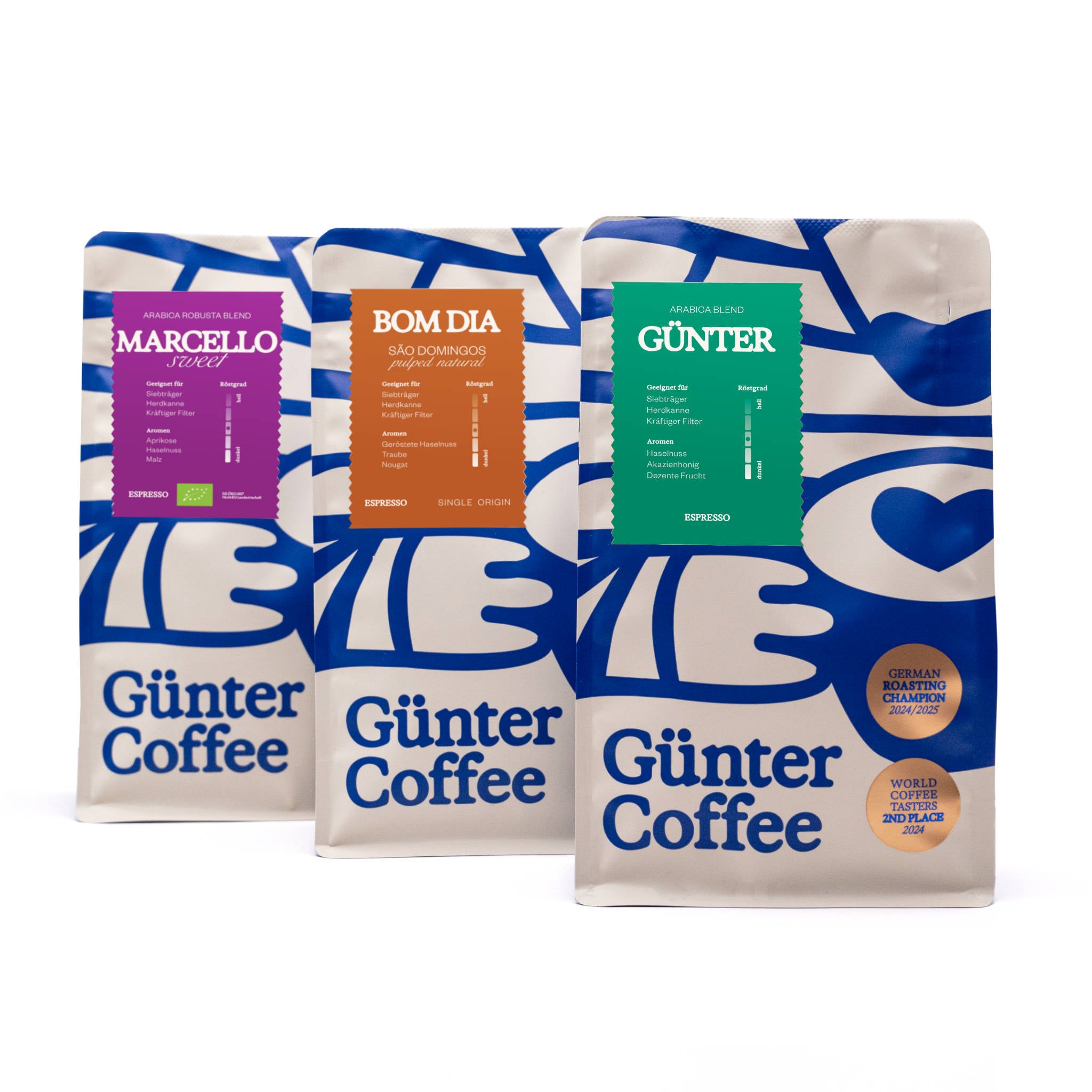

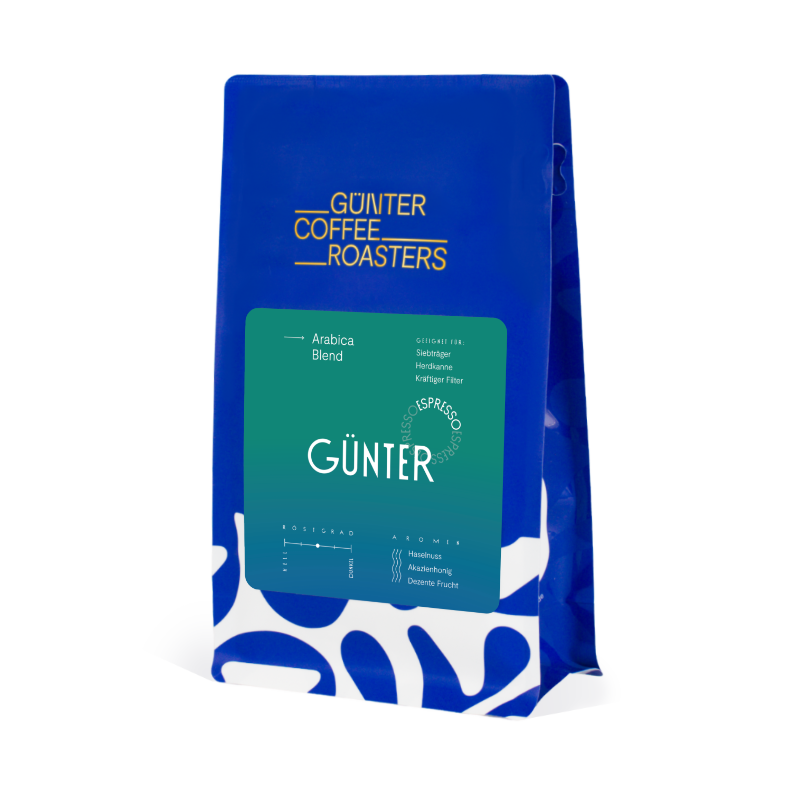

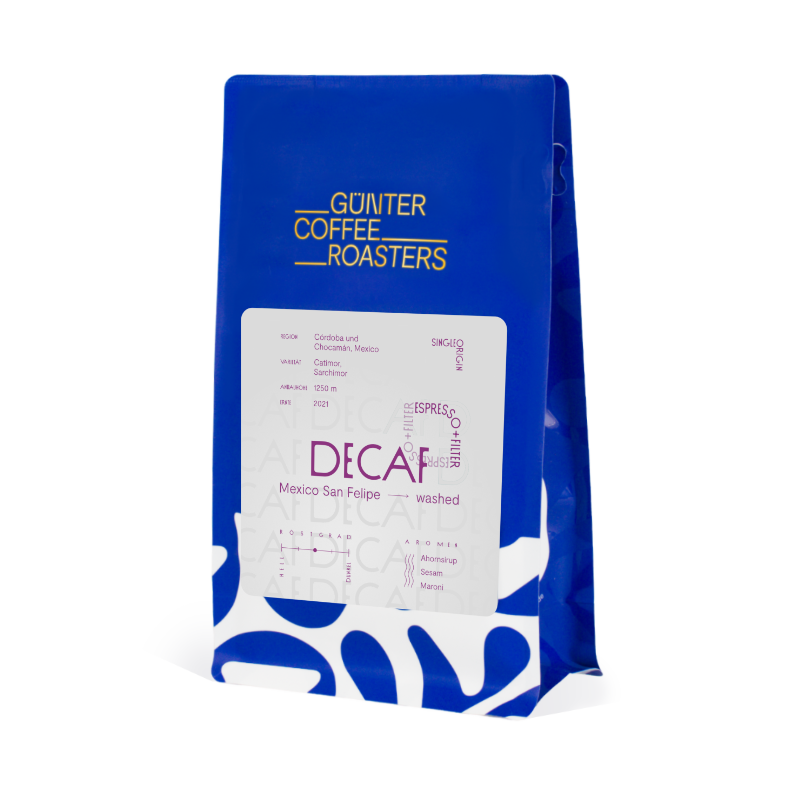

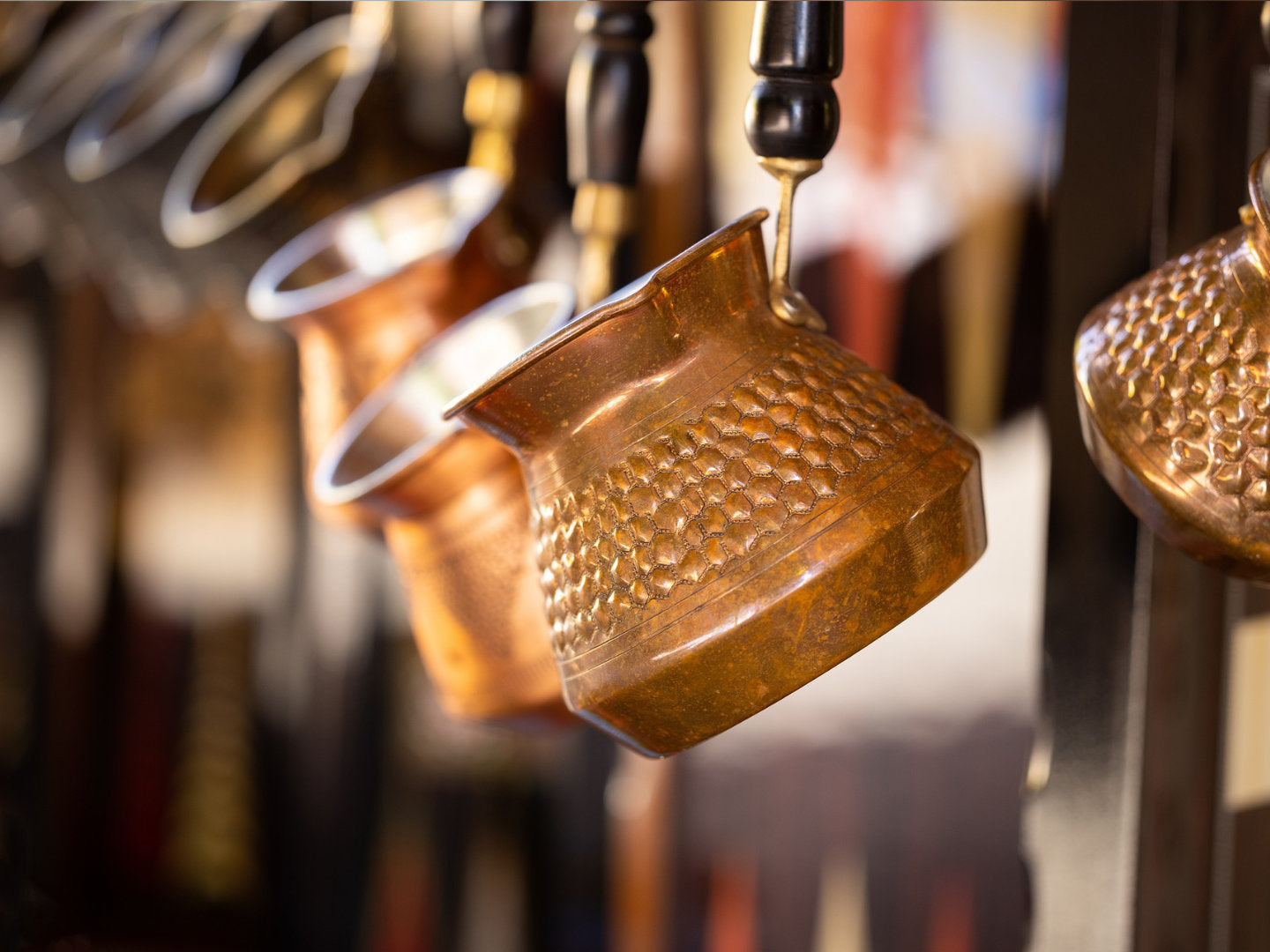

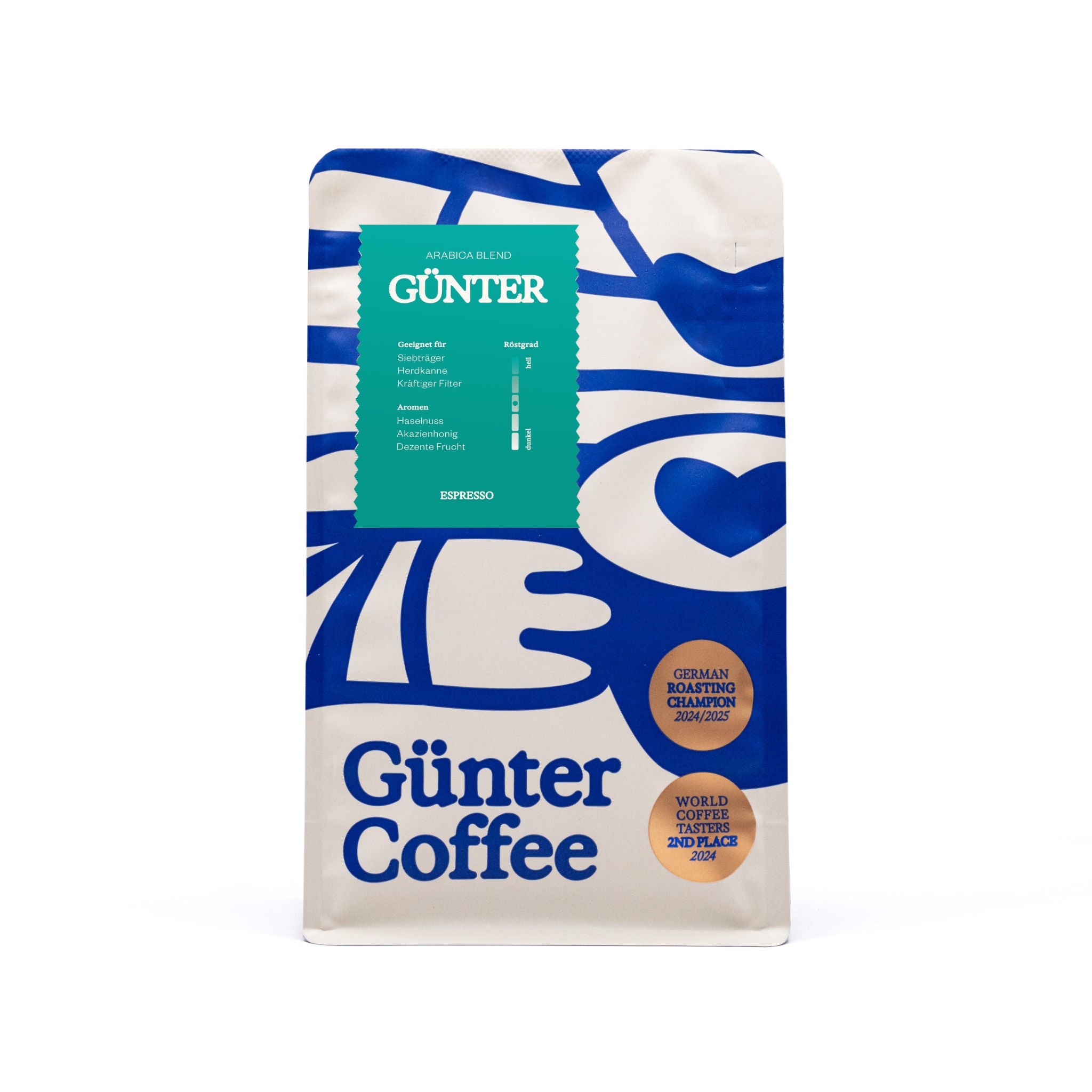
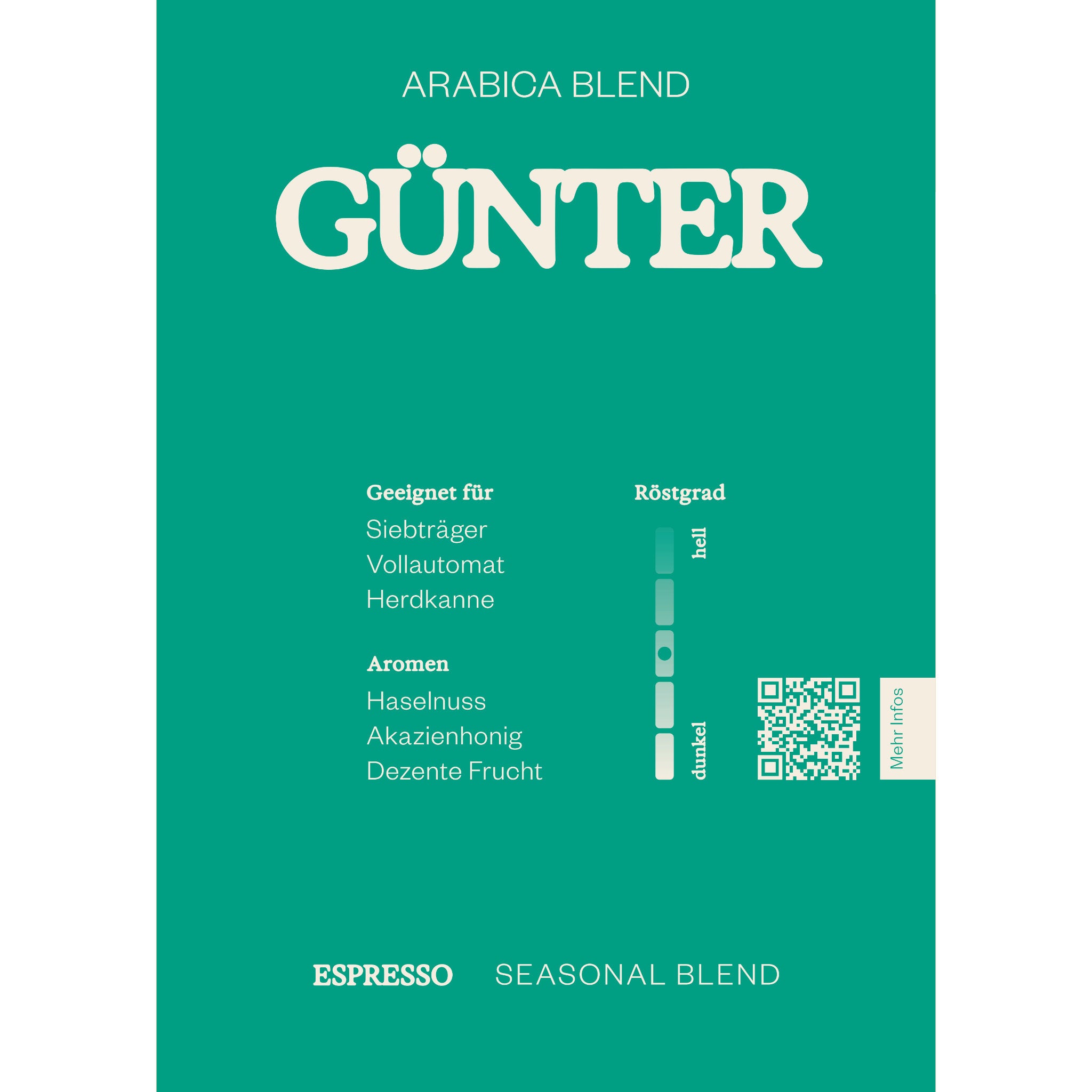

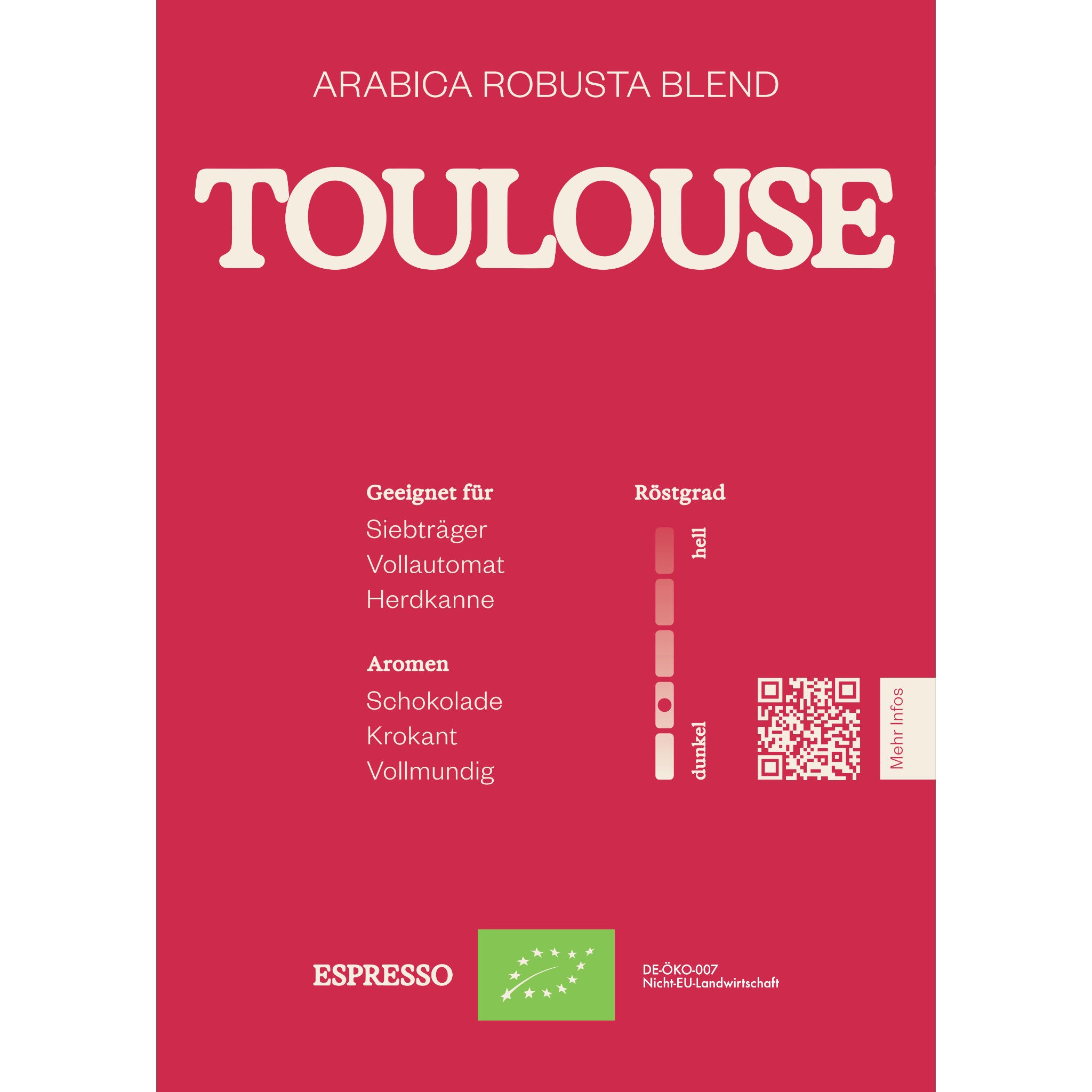

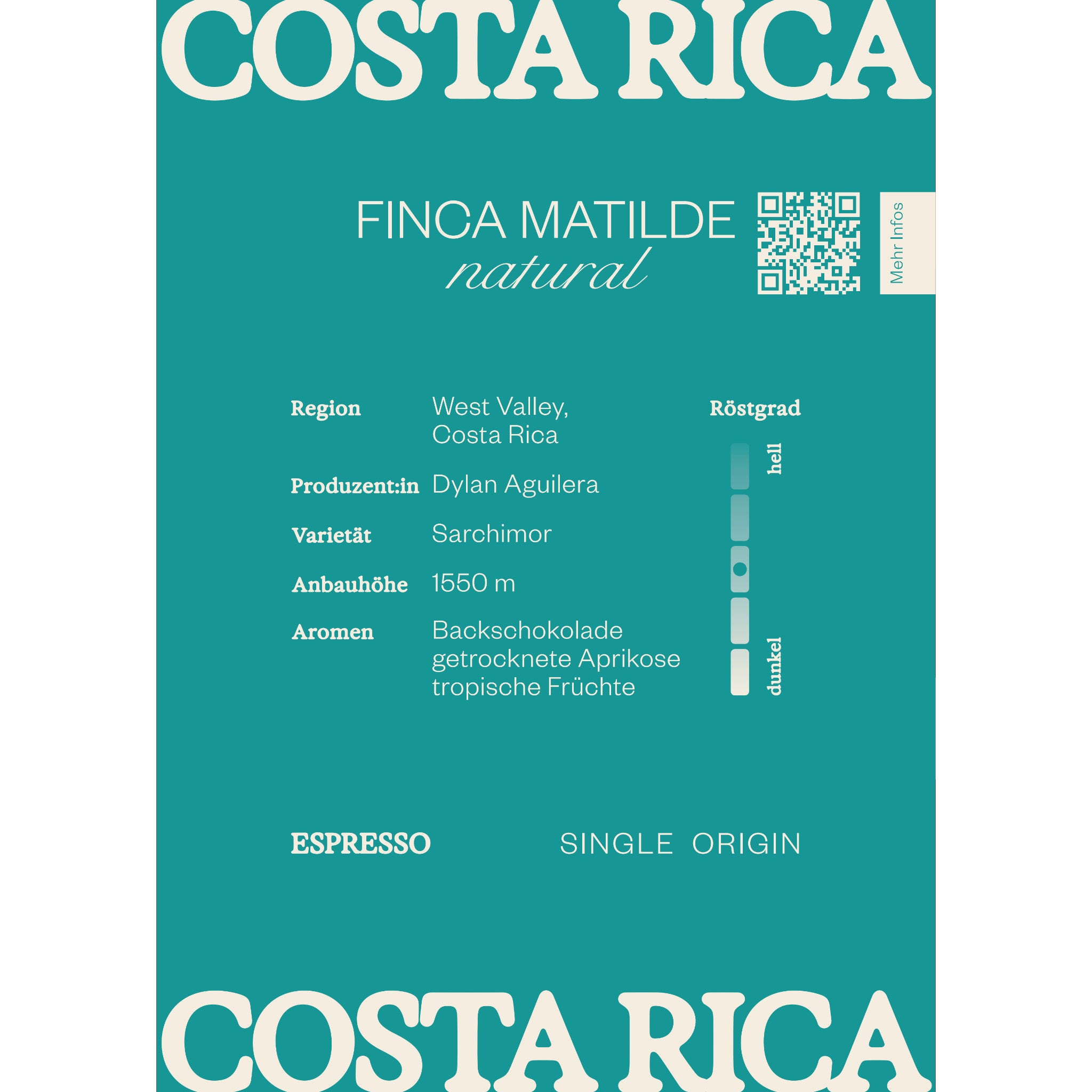
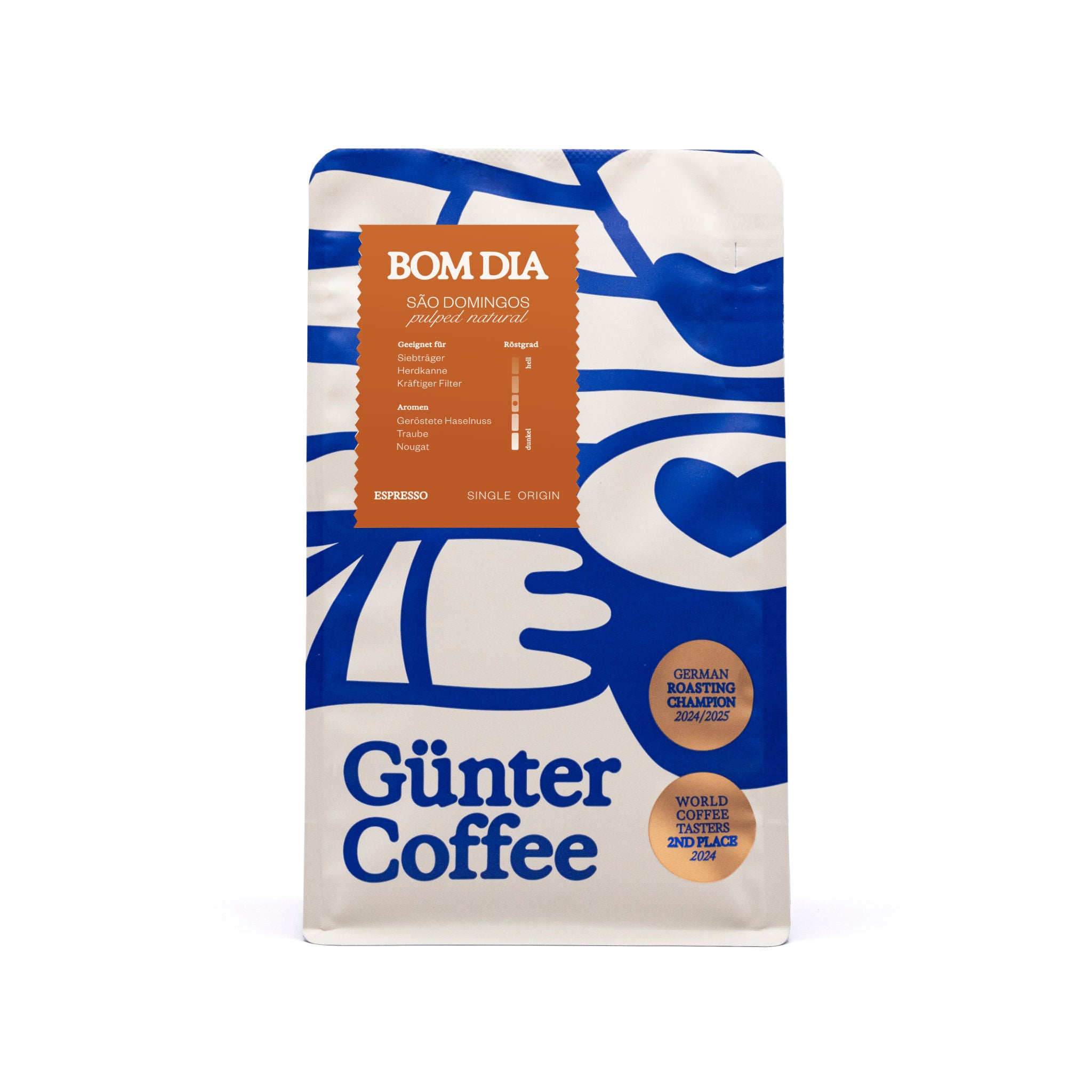


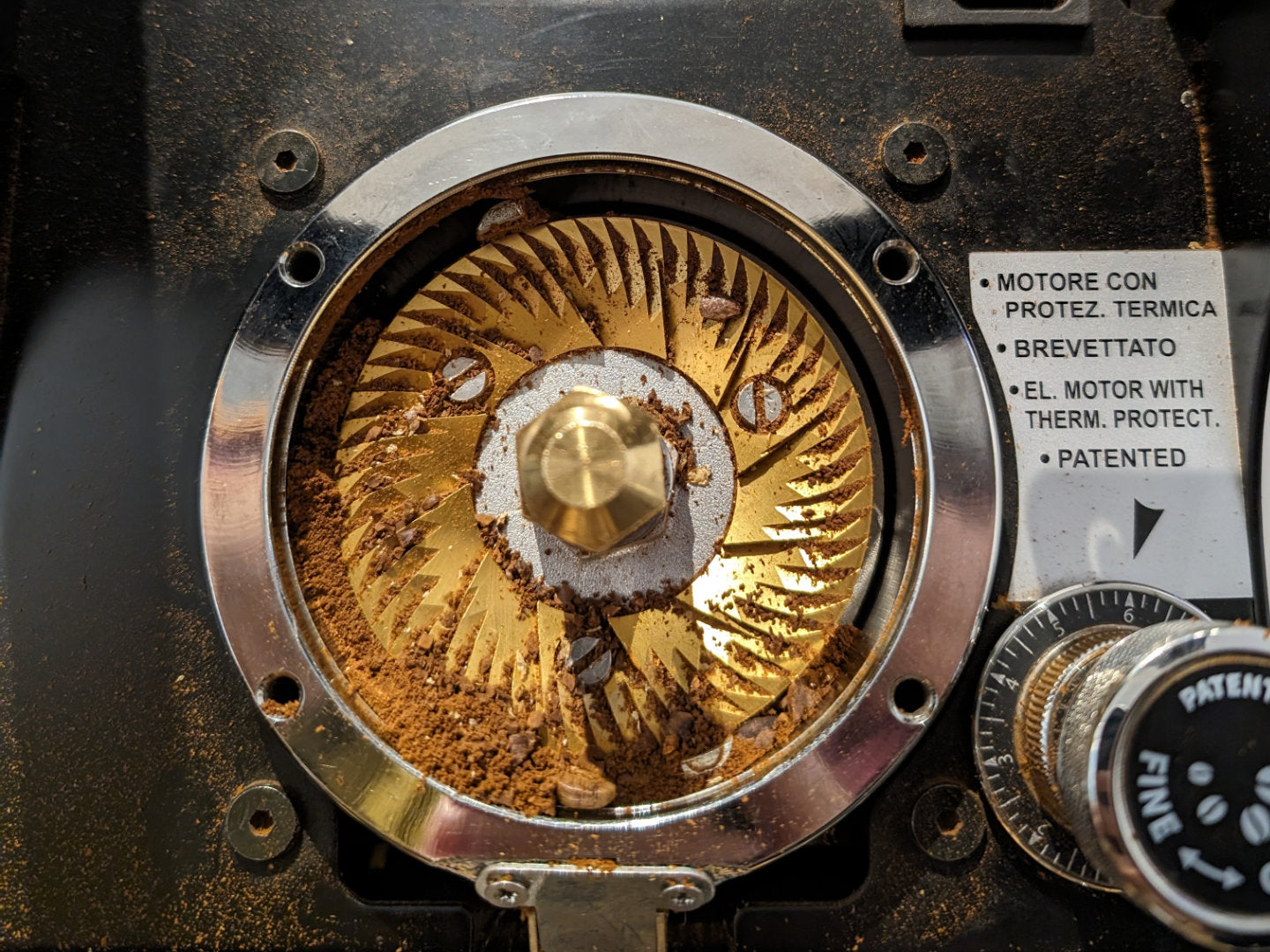
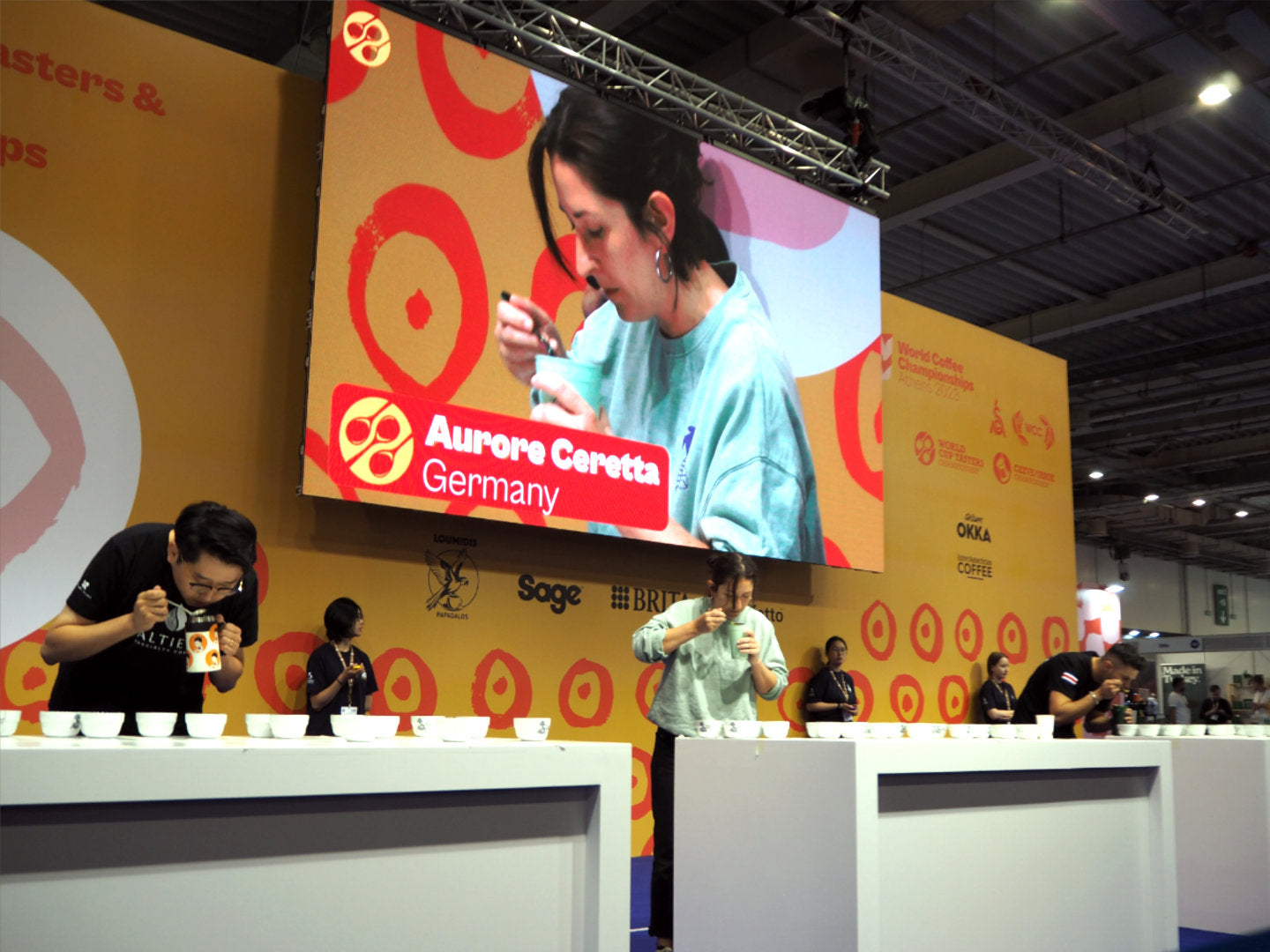




2 comments
Nico | Günter Coffee Roasters
Hallo Barbara, vielen Dank für deinen Kommentar. Der Henry Laurens (ohne Joseph und Marie im Namen), den du vermutlich meinst, war ein anderer Mann. Zum Perkolator gibt es ein entsprechendes Patent aus dem Jahr 1820.
Hallo Barbara, vielen Dank für deinen Kommentar. Der Henry Laurens (ohne Joseph und Marie im Namen), den du vermutlich meinst, war ein anderer Mann. Zum Perkolator gibt es ein entsprechendes Patent aus dem Jahr 1820.
Barbara Mast
Die erste Kaffemaschine wurde 1818 von Joseph-Henry-Marie Laurens erfunden. Wie ist dies möglich, wenn Laurens von 1723 – 1792 gelebt hat?
Die erste Kaffemaschine wurde 1818 von Joseph-Henry-Marie Laurens erfunden. Wie ist dies möglich, wenn Laurens von 1723 – 1792 gelebt hat?